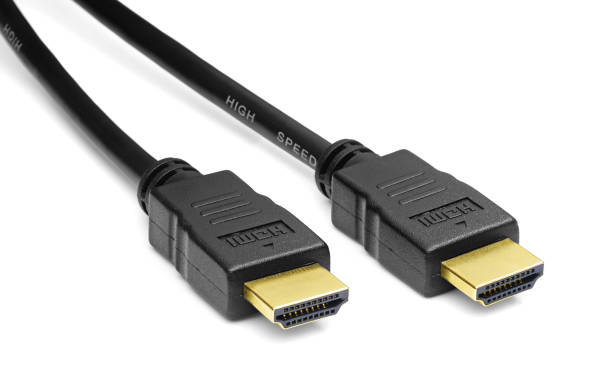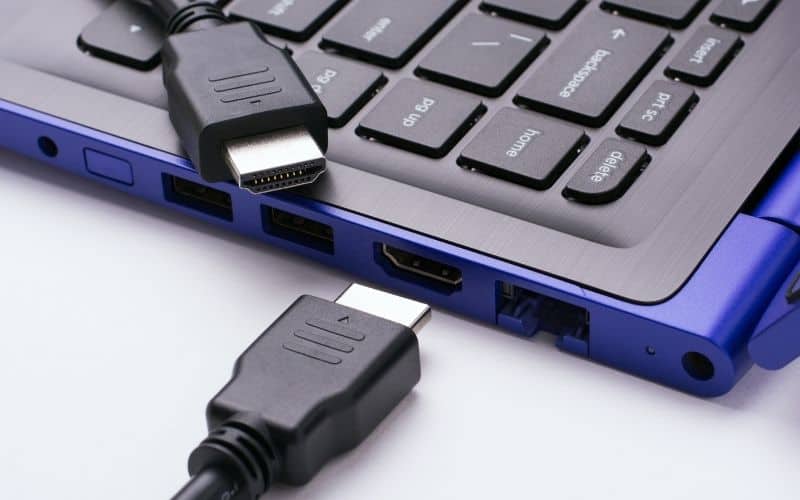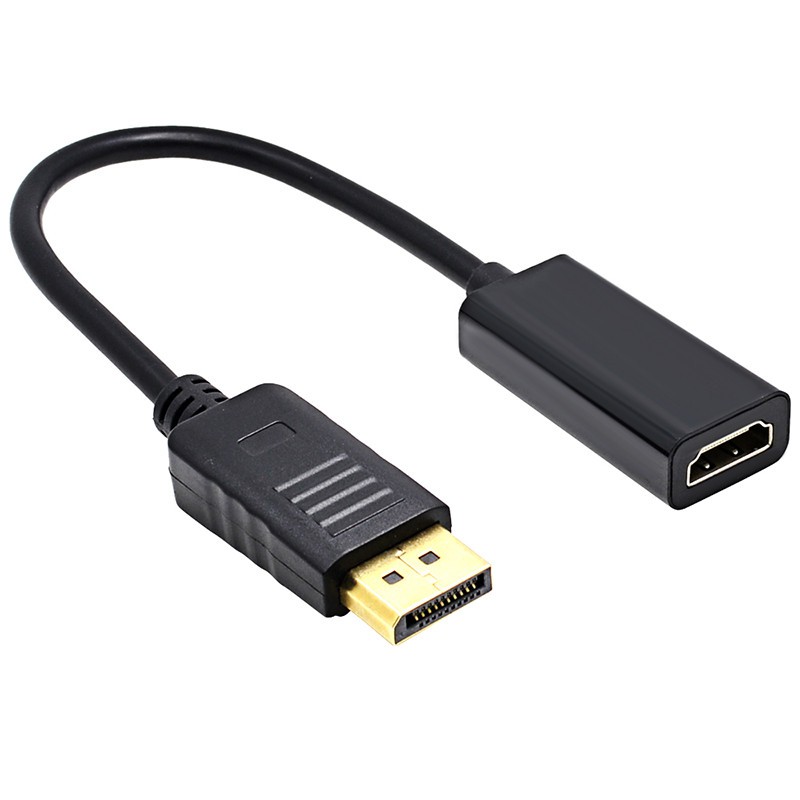Are you tired of juggling multiple cables and adapters just to connect your devices? Say goodbye to cluttered cables and hello to HDMI – The One Cable to Rule Them All. HDMI is the ultimate connectivity solution that allows you to connect all your devices, from your gaming console to your streaming device, to your TV with just one simple cable.
With HDMI, you can experience the full potential of high-definition video and audio. It supports resolutions up to 4K Ultra HD, which means you can enjoy stunning visuals that are four times the resolution of Full HD. And with support for the high-dynamic range (HDR), your movies, TV shows, and games will come to life with vibrant colors and deep blacks.
But HDMI isn’t just about video – it also delivers crystal-clear audio. With support for Dolby Atmos, DTS:X, and other surround sound formats, you can immerse yourself in a truly cinematic audio experience.
Having HDMI is not only a positive thing, but it also has its flaws. Let’s check HDMI’s Pros and Cons when using it.
Pros of HDMI:
- Simplifies setup: HDMI allows you to connect multiple devices to your TV using just one cable, reducing clutter and simplifying your setup. This makes it easy to switch between devices and eliminates the need for multiple cables and adapters.
- High-definition video and audio: HDMI supports resolutions up to 4K Ultra HD and high-dynamic range (HDR), which means you can experience stunning visuals and crystal-clear audio. This allows you to enjoy high-quality content such as movies, TV shows, and video games with vivid colors, deep blacks, and exceptional detail.
- Audio return channel: HDMI allows you to send audio from your TV to your audio/video receiver (AVR) without the need for a separate audio cable. This means you can enjoy the high-quality audio from your TV through your AVR’s speakers without having to use an extra cable.
- Consumer Electronics Control (CEC): HDMI enables devices to communicate with each other, allowing you to control multiple devices with just one remote. This makes it easy to control your devices and eliminates the need for multiple remotes.
- Widely supported: HDMI is widely supported by most consumer electronics devices and is a standard for connecting devices such as TVs, gaming consoles, streaming devices, and Blu-ray players.
Cons of HDMI:
- Cost: HDMI cables can be more expensive than other types of cables. This can be a factor to consider if you are on a budget or need multiple cables for different devices.
- Limited distance: The maximum length for an HDMI cable is about 50 feet, which may not be enough for some setups. If you have a large room or need to extend the distance between your devices, you may need to use an HDMI extender which can add extra cost.
- Compatibility issues: Some devices may not be compatible with HDMI, which would require the use of a separate adapter or converter. This can add additional cost and complexity to your setup.
- Durability: HDMI cables are more prone to damage due to their thin and fragile nature. They may be more prone to physical damage such as bending, twisting, or pulling which can cause the connector pins to bend or break.
Overall, HDMI is a great choice for connecting devices, but it is important to consider compatibility, durability, and cost before making your decision. It’s also a good idea to check your devices’ specifications to ensure they support HDMI, and to have extra HDMI cables or adapters on hand in case of compatibility issues.
Upgrade to HDMI, the ultimate connectivity solution that simplifies your setup and enhances your viewing experience – the one cable to rule them all!



